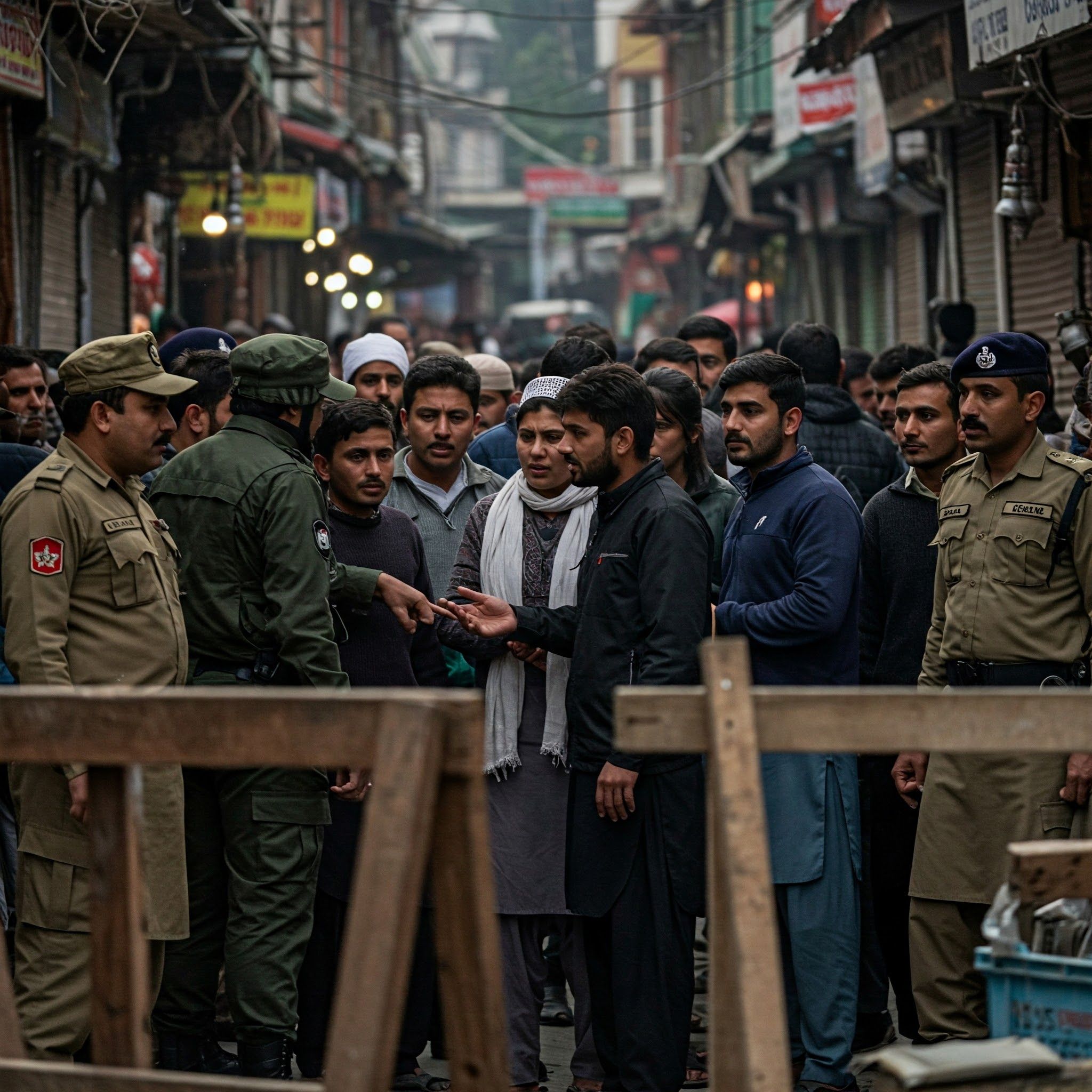Navigating the Razor's Edge: Unfolding Military Tensions in Kashmir

A Historical Context of Kashmir
Since the partition of British India in 1947, Kashmir has stood as a disputed territory claimed in full by both India and Pakistan. Successive decades have seen a blend of diplomatic negotiations, intermittent conflict, and shifting military postures. The tension has not only defined bilateral relationships but also underscored the precarious nature of regional stability in South Asia—a reality that adds weight to each new development in the area.
Decades of unresolved issues have rendered Kashmir one of the most heavily militarized and volatile regions in the world. As each border incident re-ignites memories of past conflicts, the stakes remind us that any escalation could have ramifications that stretch far beyond the subcontinent.
Breaking Developments: The Latest Reports
Reuters' Alarming Warning
In the latest dispatch from Reuters, Pakistan’s Minister Tarar issued a stark warning: India may launch a military strike within the next 24 to 36 hours. This pronouncement has not only set alarms within military and diplomatic circles but also reignited longstanding fears of sudden, high-stakes escalation between the nuclear-armed neighbors. Such a move—if enacted—would risk plunging the region into a cycle of rapid retaliation, potentially destabilizing the delicate balance of power in South Asia.
CNN’s Deep Dive on Tensions
Complementing this alarming update, CNN’s comprehensive analysis paints a picture of heightened alert and strategic recalibration along the contested borders. Their report details how recent military deployments and intensified rhetoric signal a new phase in the Kashmir crisis—a phase in which both sides appear ready to push diplomatic impulse aside in favor of aggressive posturing. Amid this fervor, the region finds itself once again at the forefront of global strategic concerns, with calls for restraint echoing from international bodies,
Strategic Implications and Regional Impact
High-Stakes Game of Military Posturing
Should India decide to act, the repercussions could be far-reaching. A military strike—in a setting as volatile as Kashmir—would not only disrupt military operations on the ground but also shake global geopolitical alignments. The situation is a textbook example of a high-stakes brinksmanship game where misinterpretation or miscalculation can have catastrophic consequences.
Human and Economic Costs
Beyond the geopolitical chess match, the lives of civilians in Kashmir hang in the balance. Years of military presence, economic instability, and intermittent violence have left deep scars on the local populace. Any escalation could further strain regional economies, disrupt livelihoods, and exacerbate long-standing humanitarian issues.
International Response and the Call for Diplomacy
The international community remains watchful. Global leaders and organizations are urging both India and Pakistan to exercise maximum restraint. In a climate charged with national pride and historical grievances, diplomatic channels become ever more critical. Nations and international bodies are advocating for dialogue, emphasizing that sustainable peace in Kashmir is likely to emerge only through multilateral negotiations and careful confidence-building measures.
Looking Ahead: The Path to De-escalation
As tensions continue to mount, the window for a peaceful resolution narrows. The dual messages emerging from CNN and Reuters call for a sober re-examination of policies that have long fuelled this enduring conflict. The coming hours—and days—will be critical in determining whether cooler heads prevail or whether the region edges closer to open conflict.
For policy makers and concerned citizens alike, the takeaway is clear: in a context where both military might and nuclear capabilities hover over a disputed land, every decision carries the weight of history and the promise (or peril) of a peaceful future.
Final Thoughts
In these fraught moments, it is essential to stay informed and critically engaged with reliable news sources. Both the CNN and Reuters reports offer a window into the dynamics of the crisis—but they also serve as a somber reminder of the delicate balance that sustains peace in one of the world’s most contested regions.
While the immediate focus is on the potential military move and its immediate aftermath, this unfolding story also invites a broader discussion about de-escalation strategies in conflict zones worldwide. Could renewed international mediation or a reexamination of bilateral security frameworks pave the way for a lasting resolution? As we await further updates, these are questions that need to be addressed not only by the leaders in New Delhi and Islamabad but by the global community at large.
Stay tuned as we continue to monitor this complex situation and provide in-depth analysis on what this means for the future of regional stability in South Asia.
Join the conversation